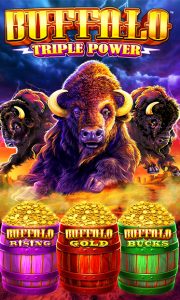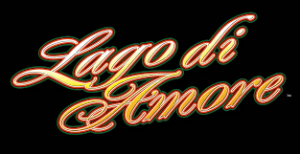
3888 Ways Of The Dragon
Conversely, during the Renaissance, dragons began to take on a dual role, representing both fear and fascination. Artists like Albrecht Dürer depicted dragons in intricate detail, showcasing their beauty and complexity. This era marked a turning point, where dragons transitioned from mere antagonists to subjects worthy of admiration and respect nhà cái kubet.
Dragons in Literature 3888 Ways Of The Dragon
Literature has long been a medium through which the complexities of dragons are explored. From ancient texts to modern novels, dragons continue to inspire authors and captivate readers 3888 Ways Of The Dragon.
Classic Literature and Folklore
Many classic literary works feature dragons prominently. J.R.R. Tolkien’s “The Hobbit” introduces Smaug, a dragon whose greed drives the narrative forward. Smaug’s character embodies the destructive nature of avarice while also serving as a catalyst for the journey of Bilbo Baggins, emphasizing themes of courage and adventure.
Similarly, in Beowulf, the eponymous hero faces a dragon in his later years, symbolizing the inevitable confrontation with death and the passage of time. This encounter serves as a poignant reminder of the fragility of life and the legacy one leaves behind.
Modern Interpretations and Representations
Contemporary literature has redefined dragons, offering more nuanced portrayals. In Anne McCaffrey’s “Dragonriders of Pern,” dragons are not mere beasts but intelligent companions who share a symbiotic relationship with humans. This depiction challenges traditional narratives and invites readers to reconsider the dynamics between humans and mythical creatures.
Additionally, series like “A Song of Ice and Fire” by George R.R. Martin present dragons as complex entities that wield immense power and significance in the political landscape. Daenerys Targaryen’s dragons symbolize her identity and heritage, adding layers of meaning to their existence and highlighting the connections between power, control, and responsibility.
Themes and Motifs
3888 Ways Of The Dragon in literature often embody various themes and motifs that resonate with readers.
One recurring theme is the balance between good and evil. Dragons frequently serve as reflections of human desires, fears, and aspirations. Their duality invites contemplation on the nature of morality and the consequences of our choices.





